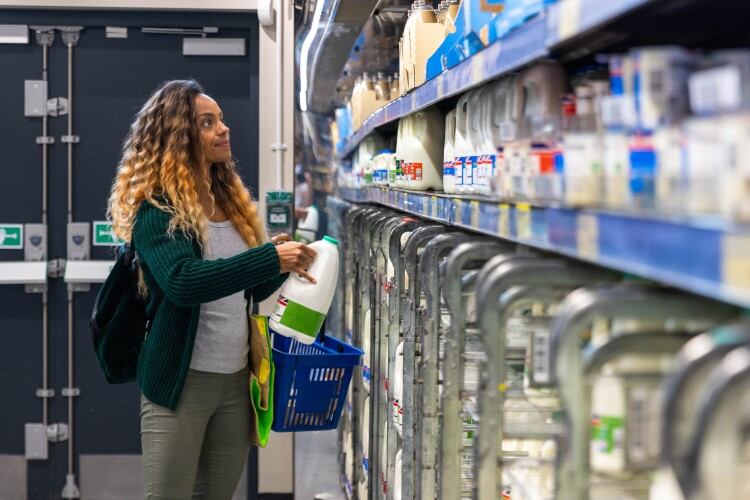In the EU, improved animal welfare legislation has been on the cards since the Commission first announced its Farm to Fork Strategy.
Although progress has been made, some Member States have sought to go further and introduce their own national measures. For example, the culling of male chicks after birth is permitted in most EU countries but not all. This creates an uneven level of animal welfare across Member States.
In response, the European Consumer Organisation (BEUC) has sought to determine consumer appetite for improved animal welfare laws across meat and fish. Initial findings suggest consumers do want higher animal welfare, but are they willing to pay for it?
Consumers want higher animal welfare and labels to match
BEUC and associated organisations surveyed a total of 8,000 people across eight countries (1,000 people per country): Belgium, Hungary, Italy, the Netherlands, Portugal, Spain and Sweden.
The biggest takeway was that almost 90% of consumers support new laws to improve the welfare of farmed animals in the EU, such as providing more living space and banning cage systems.
The survey also revealed that consumers want to know more about how farmed animals are reared and need trustworthy labelling. Indeed 72% of respondents said they want method of production labelling to be extended to other products beyond eggs.
“With nine in 10 consumers supporting new laws for better animal welfare, our survey confirms that the way we treat animals raised for food matters to people. It is high time the EU Commission delivered on its promises to revise EU laws on farm animal welfare,” said Monique Goyens, director general of BEUC.
Results also suggest consumers have low trust in animal welfare claims by companies and 84% would react negatively to ‘welfare-washing’ – whereby operators suggest they have higher animal welfare standards than is the case.
“Just like it exists for eggs, three in four consumers would like information about how the animals were raised on products like meat and dairy, as they feel they do not know enough,” said Goyens. “On the other hand, few of them trust companies’ claims on how well they care for animals. Industry should think twice before engaging in ‘animal welfare-washing’, as it can tarnish their brands’ reputation for a long time.”
Are consumers willing to pay for better welfare for farm animals?
In practice, improving animal welfare standards doesn’t come cheap. This begs the question: who should pay?
Not all should be covered by farmers, according to EU respondents. A total of 74% of survey participants said they would like the EU to provide funds to farmers to implement higher welfare standards. Findings also suggested that if higher animal welfare products were more expensive, then consumers were willing to pay – to varying degrees.
Despite this, BEUC stressed that EU and national governments must ensure that the cost of this transition are equitably shared and not borne by consumers only. “When moving towards higher animal welfare standards, the EU and governments must ensure that the costs of this transition are equitably shared across the value chain and not borne by consumers only,” said BEUC’s Goyens.
“Nor should farmers be the ones bearing the brunt. Most consumers would like that the EU funds farmers to improve welfare practices and agree that food imports should go by the same rules.”
UK research published in 2023 similarly found that some, but not all consumers are willing to pay for higher animal welfare. Amongst price sensitive consumers, willingness to pay extra for an animal welfare is ‘negligible’. Just over half of consumers fall into the ‘price sensitive’ category.



